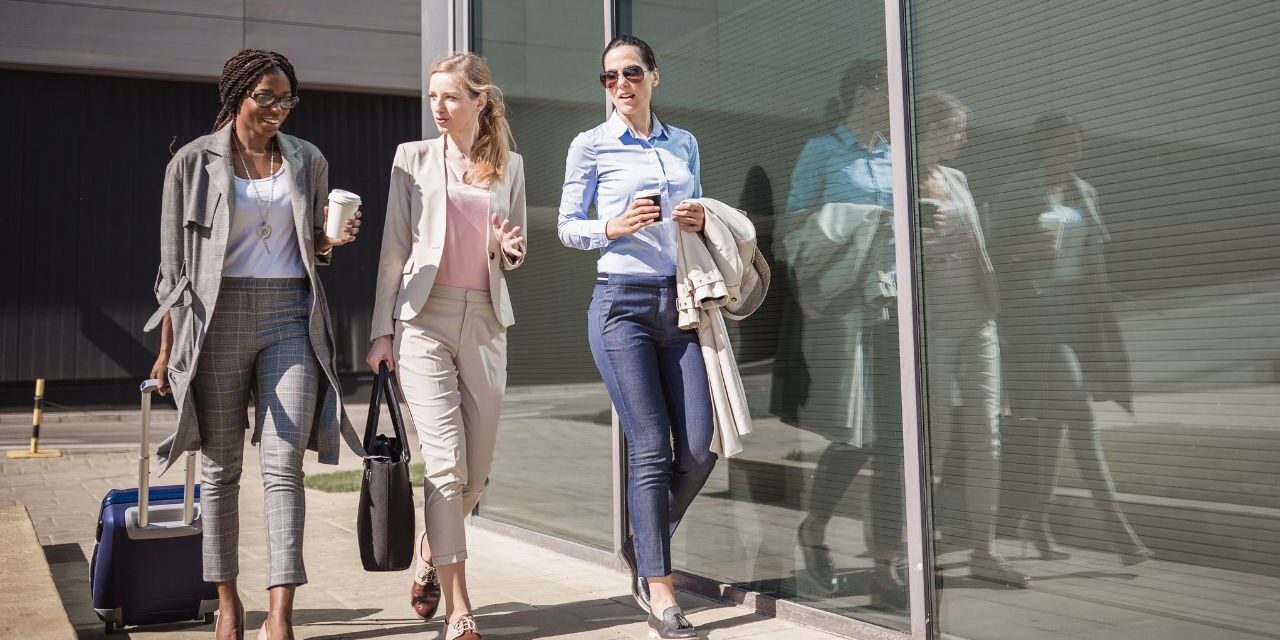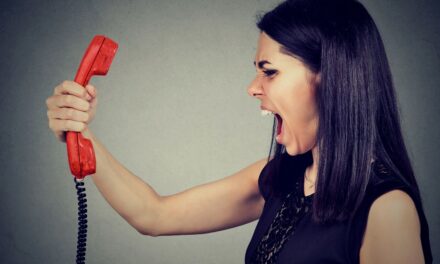As entrepreneurs, we want to put our best foot forward in everything we do. When it comes to dressing for work, knowing the difference between business professional and business casual can be tricky. But don’t worry, we’re here to help!
We’ll go over what Business Casual attire is, how you can rock it with confidence, and what to do if you find yourself underdressed.
What is Business Casual?
Business casual is a dress code often used in workplaces or events that are more relaxed than formal business attire but still presents a professional appearance.
Some common components of business casual outfits include khaki or dark-colored trousers, collared shirts, and closed-toe shoes. Blazers, dresses, or skirts at knee-length or below, and accessories such as scarves or statement jewelry may also be incorporated.
It is important to note that business casual can vary from industry to industry and even between different offices within the same company. It is always best to clarify with your employer or event on what their specific definition of business casual is before making any wardrobe choices.
Overall, the key aspect of business casual attire is to present a polished and put-together look while still allowing for individual style and comfort.
When in doubt, err on the side of being more dressed up rather than too casual to ensure appropriate professionalism in the workplace.
Tips for Business Casual Events
Business casual events can be tricky to navigate. On the one hand, you want to look polished and professional, but on the other hand, you don’t want to look like you’re trying too hard. Striking the right balance can be difficult, but there are a few tips that can help.
First of all, it’s important to choose clothing that is comfortable and that you feel good in. There’s no point in wearing something if you’re going to be tugging at it all night.
Secondly, remember that less is often more. A simple outfit will often make more of an impact than something flashy or over-the-top. And finally, don’t forget the accessories. A well-chosen accessory can really elevate your look and make you stand out from the crowd. With these tips in mind, you’ll be sure to make a great impression at your next business casual event.
Ten Business Casual Tips
1. Consider the occasion and context. Is it a networking event, company party, or business meeting? The level of formality may vary based on the purpose of the event.
2. Avoid clothing with holes, tears, or inappropriate graphics and language.
3. Opt for neutral colors such as black, navy blue, and gray.
4. Choose high-quality, well-fitting clothing.
5. Jeans, t-shirts, and sneakers are typically too casual, while suits and cocktail dresses are usually too formal. Instead, aim for something in between, like slacks or a skirt with a blouse or polo shirt.
6. Incorporate personal style while still adhering to the dress code guidelines.
7. Avoid wearing overly revealing or tight clothing.
8. Consider the weather and dress appropriately for outdoor events or indoor air conditioning.
9. Make sure your clothing is clean and wrinkle-free.
10. If unsure, it’s always better to be more dressed up than underdressed. It’s easy to take off a blazer or switch out shoes, but harder to make an outfit appear more professional if it is too casual.
LiveAbout.com gives these suggestions for men and women on what to wear for business casual:
Business Casual for Women: What to Wear for Women
Appropriate business casual outfits for women include a skirt or dress slacks, blouse, sweater, twinset, jacket (optional), and hosiery (optional) with closed-toe shoes. Sandals or peep-toe shoes may be permissible in some offices but save flip-flops for the weekend.
Any working woman should have the following staples in her wardrobe:
- Khaki, corduroy, twill, or cotton pants or conservative-length skirts
- Sweaters, twinsets, cardigans, polo/knit shirts
- A professional dress—try a sheath silhouette
Remember that solid colors are generally preferable to busy or bold patterns.
If you are looking for a more thorough guide on Business Casual for women, check out this guide from Stylishly Me.
Business Casual for Men: What to Wear for Men
For men, appropriate business casual attire is dress slacks or chinos, a button-down shirt, dark socks, and dress shoes. Avoid wearing polo shirts to an interview, even if they are acceptable for the job in question. Do not wear jeans or shorts. Athletic socks are also a no-no.
Any working man should have the following staples in his wardrobe:
- Khaki, gabardine, wool, or cotton pants, neatly pressed
- Cotton long-sleeve, button-down shirts, pressed
- Sweaters
- Leather shoes in black and brown
- Leather belt, in black and brown
- A selection of ties
If you want a more thorough guide on Business Casual for men, check out this guide from Style of Man.
What to do if you show up to an Event Underdressed.
When we went on our first cruise, we had no idea that there was a formal night. When we walked out of our cabin to dinner, we found we were very underdressed. Luckily, we weren’t the only ones that didn’t get the memo, and we still had a great time, and I am not sure anyone really noticed or cared.
But what do you do if you show up to a business event underdressed?
There’s nothing worse than the feeling you get showing up to an event and realizing you’re underdressed. Whether it’s a formal dinner party or a casual get-together, feeling out of place can put a damper on even the best of times.
If you find yourself in this situation, there are a few things you can do to make the best of it. First, try to relax and focus on enjoying yourself. Chances are, no one will even notice what you’re wearing if you’re having a good time.
Second, if you’re really feeling self-conscious, see if there’s any way you can blend in with the crowd. Wearing a jacket or scarf over your outfit can help you feel more comfortable and less exposed.
Finally, if all else fails, remember that it’s just clothes. The people at the event will likely be more interested in your personality than your wardrobe. So don’t let a little thing like clothing ruin your night.
While business casual can be interpreted a little differently, we’ve given you the basics for both men and women. I hope you enjoyed the information on dressing for success and if you find yourself underdressed for an interview or meeting.
And remember, practice makes perfect! Start incorporating these tips into your everyday wardrobe, and soon you’ll feel confident in any business casual situation.










